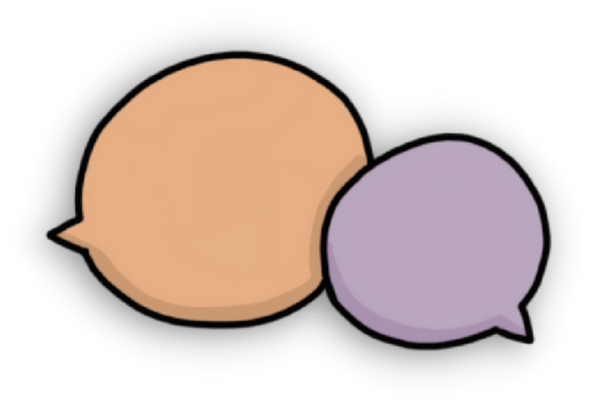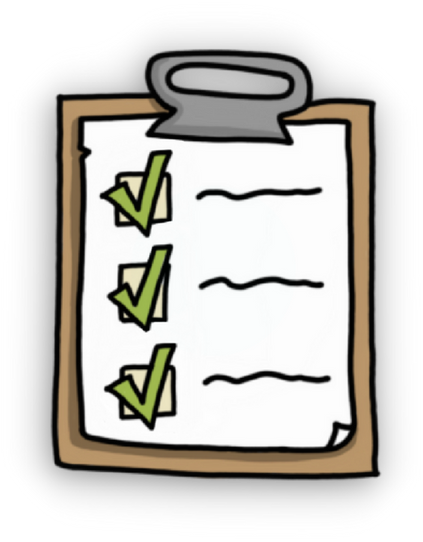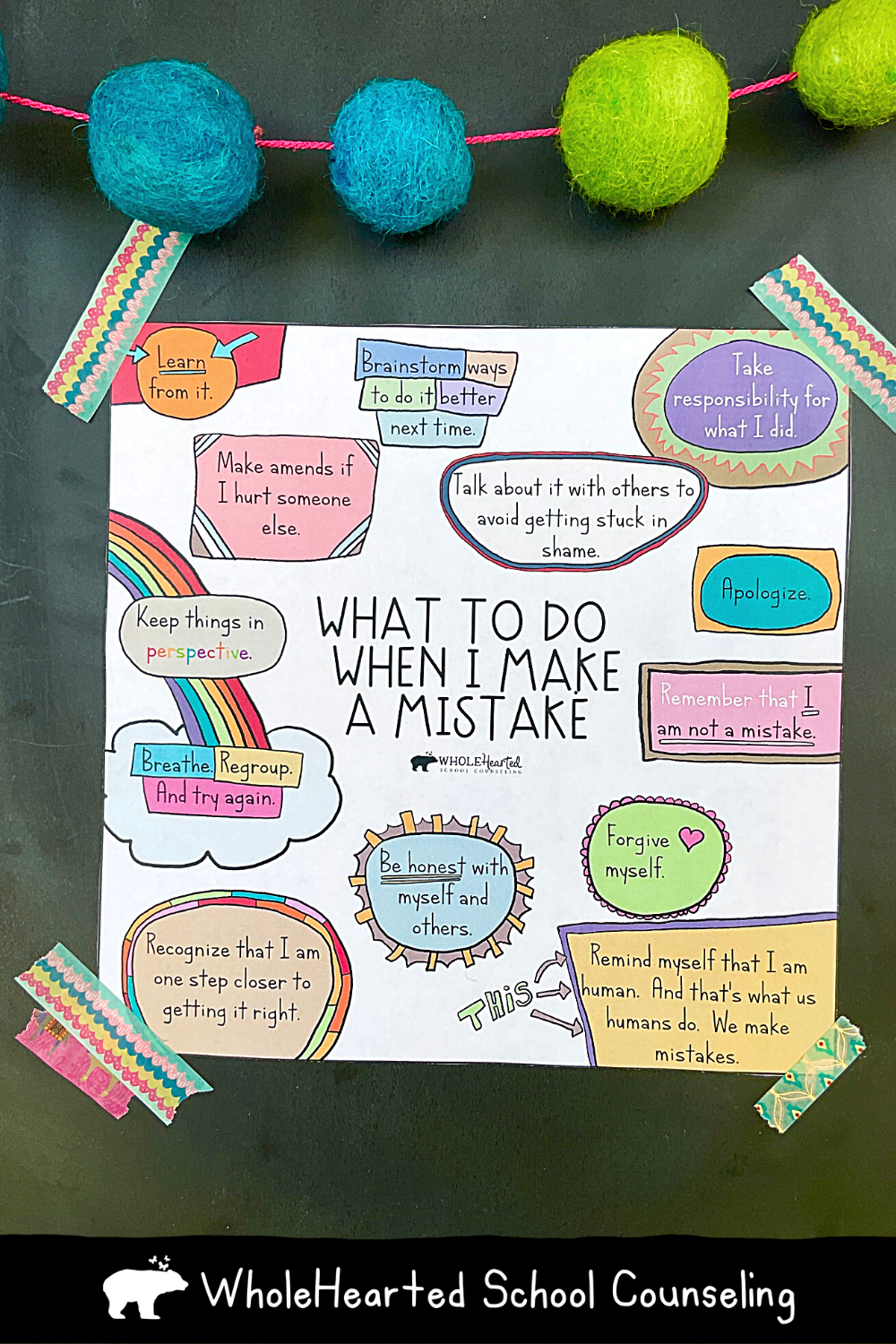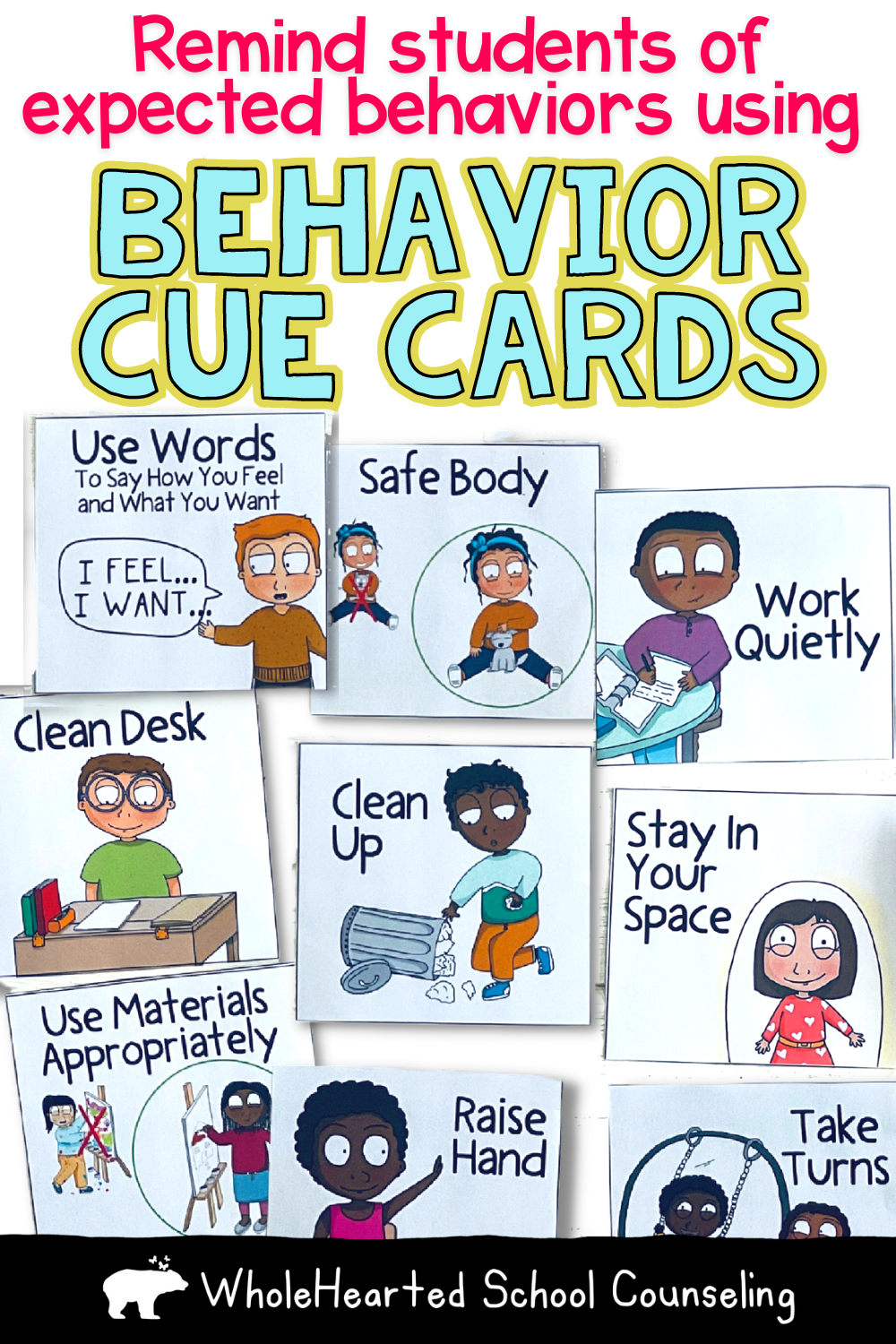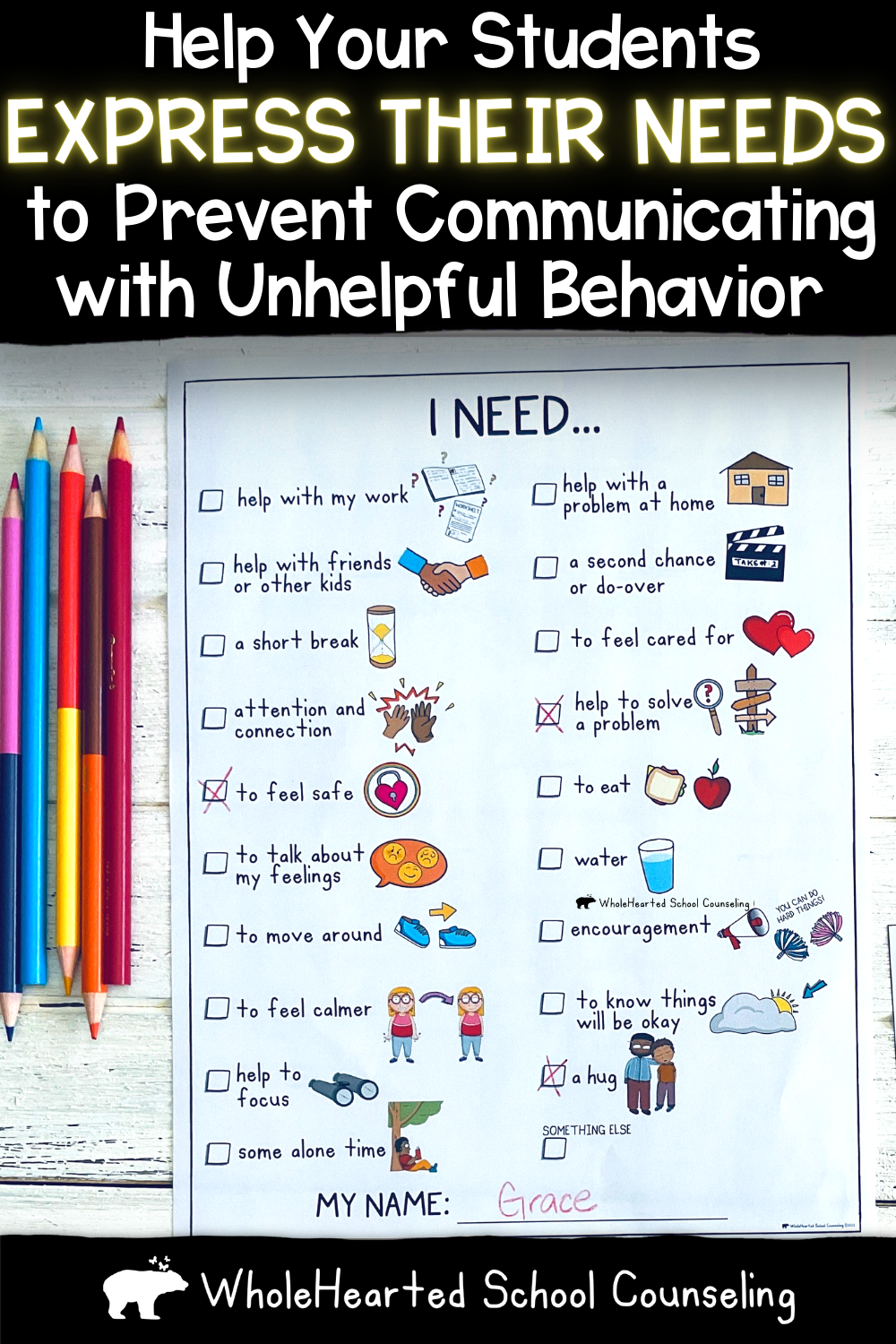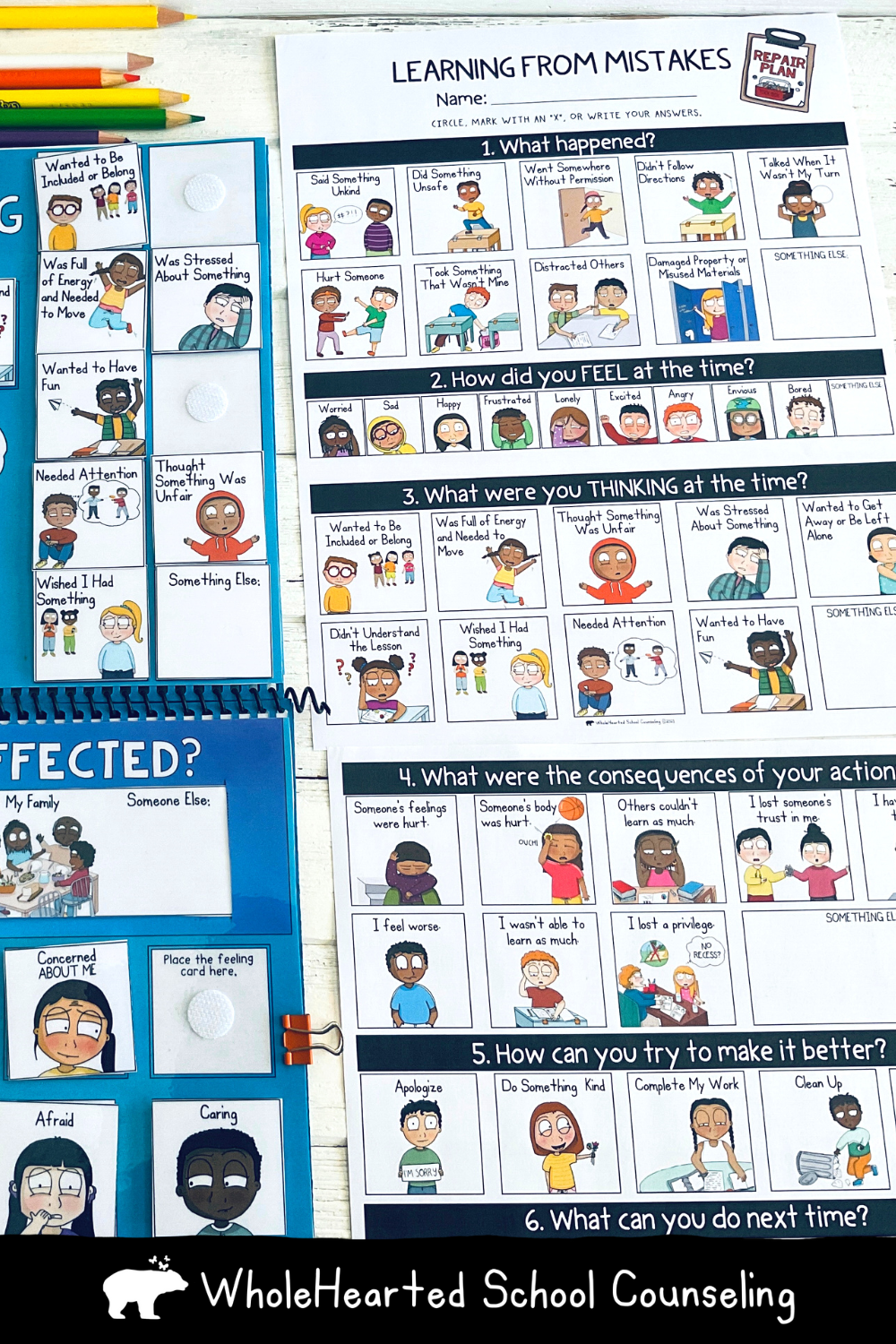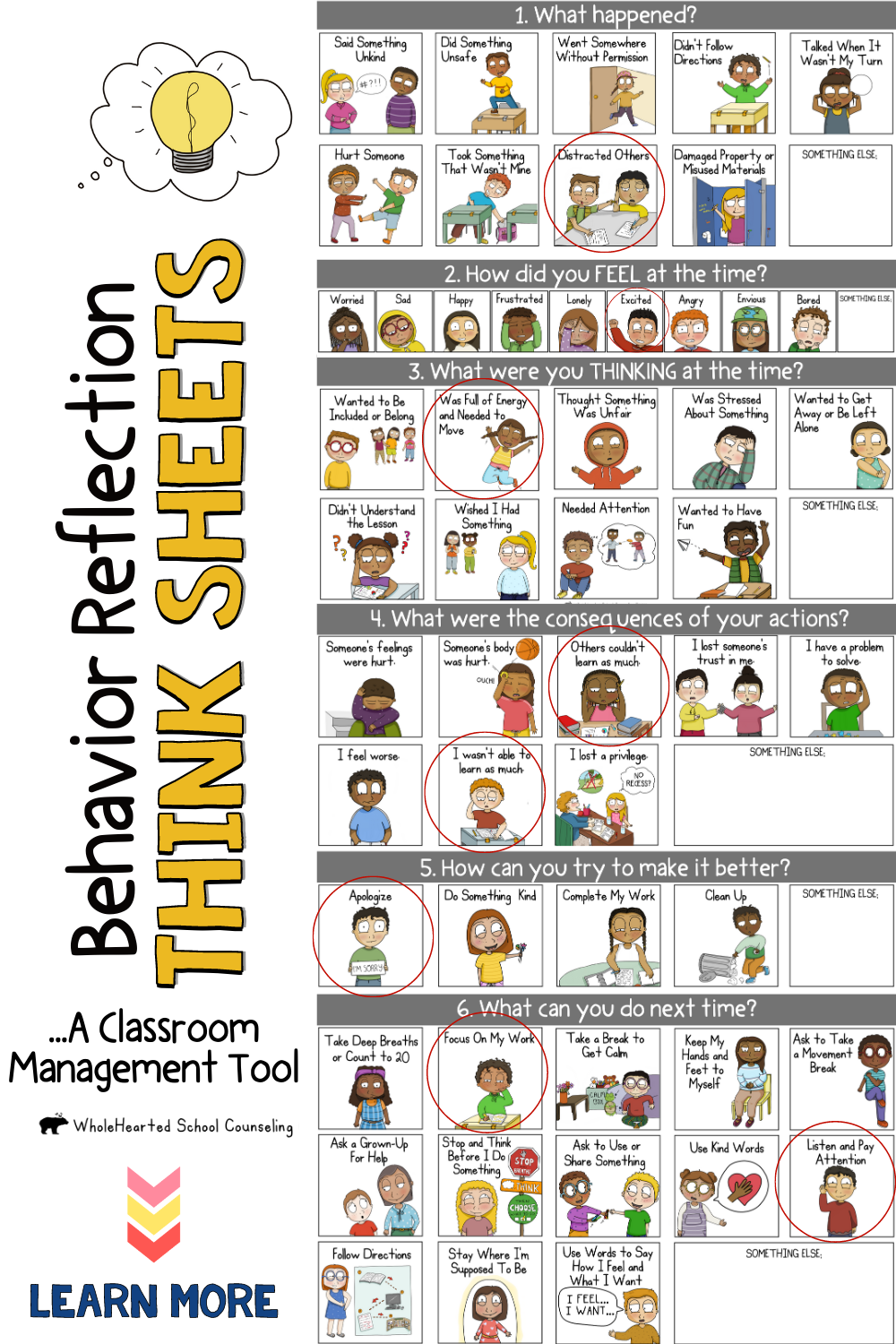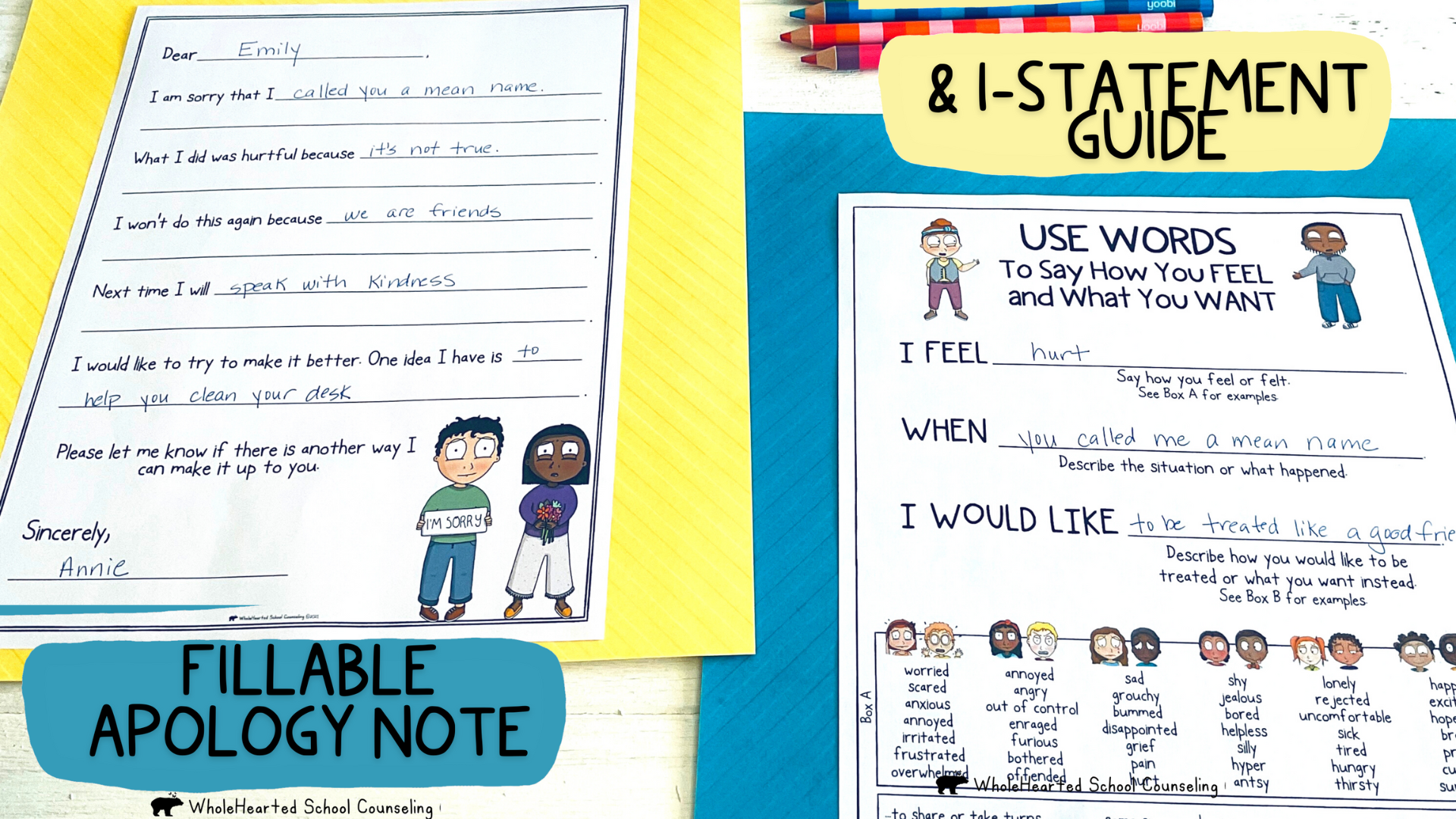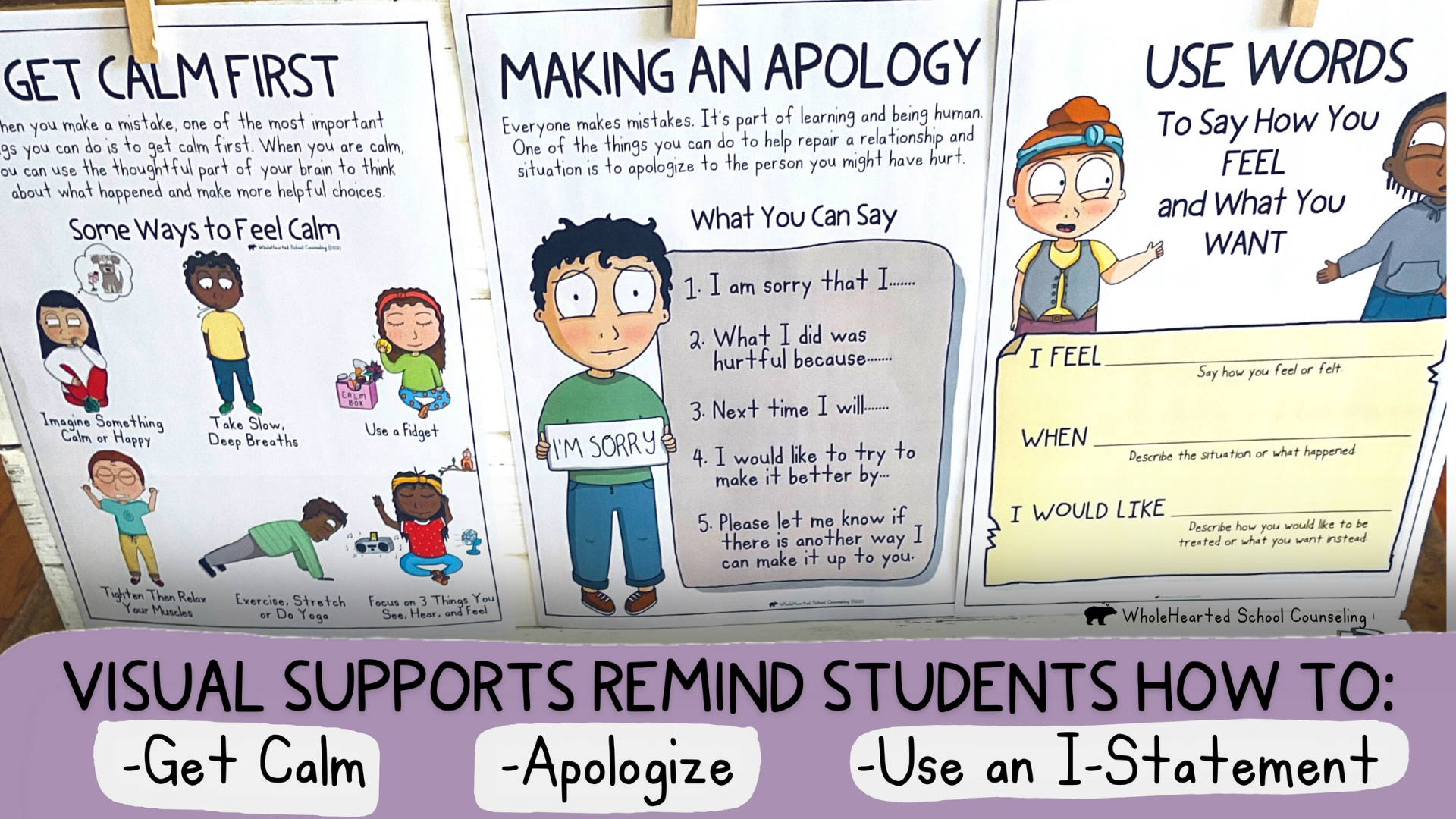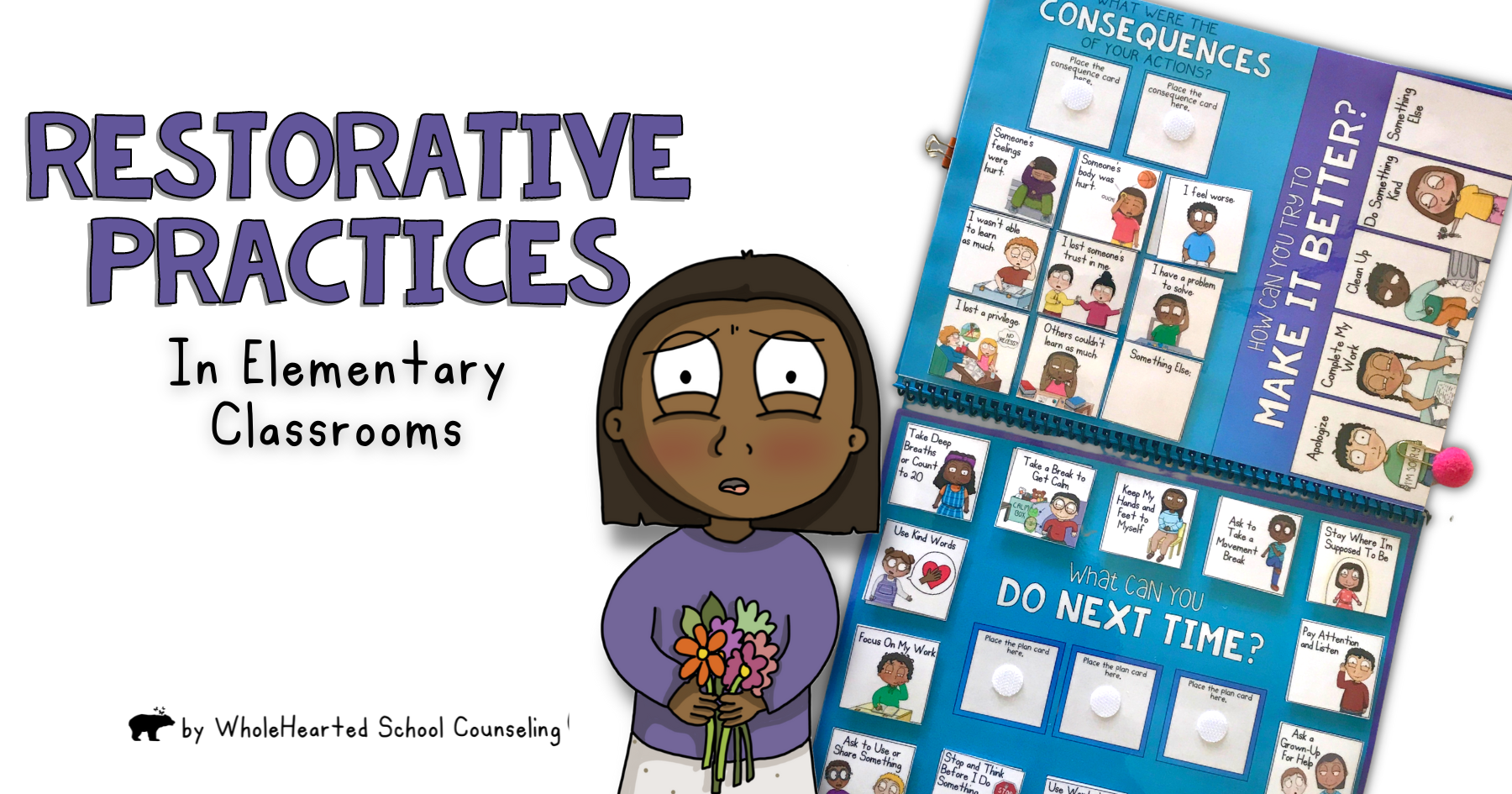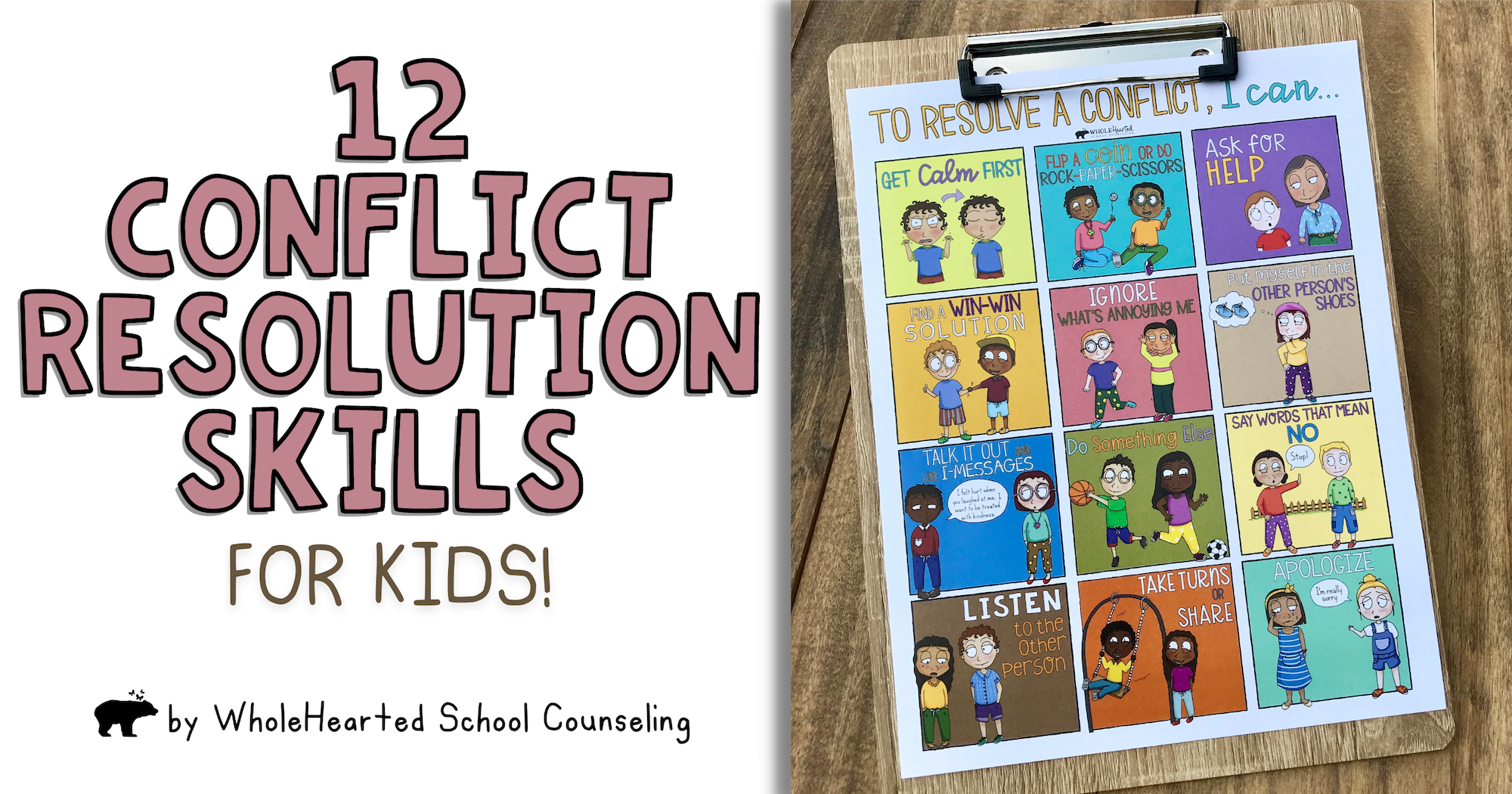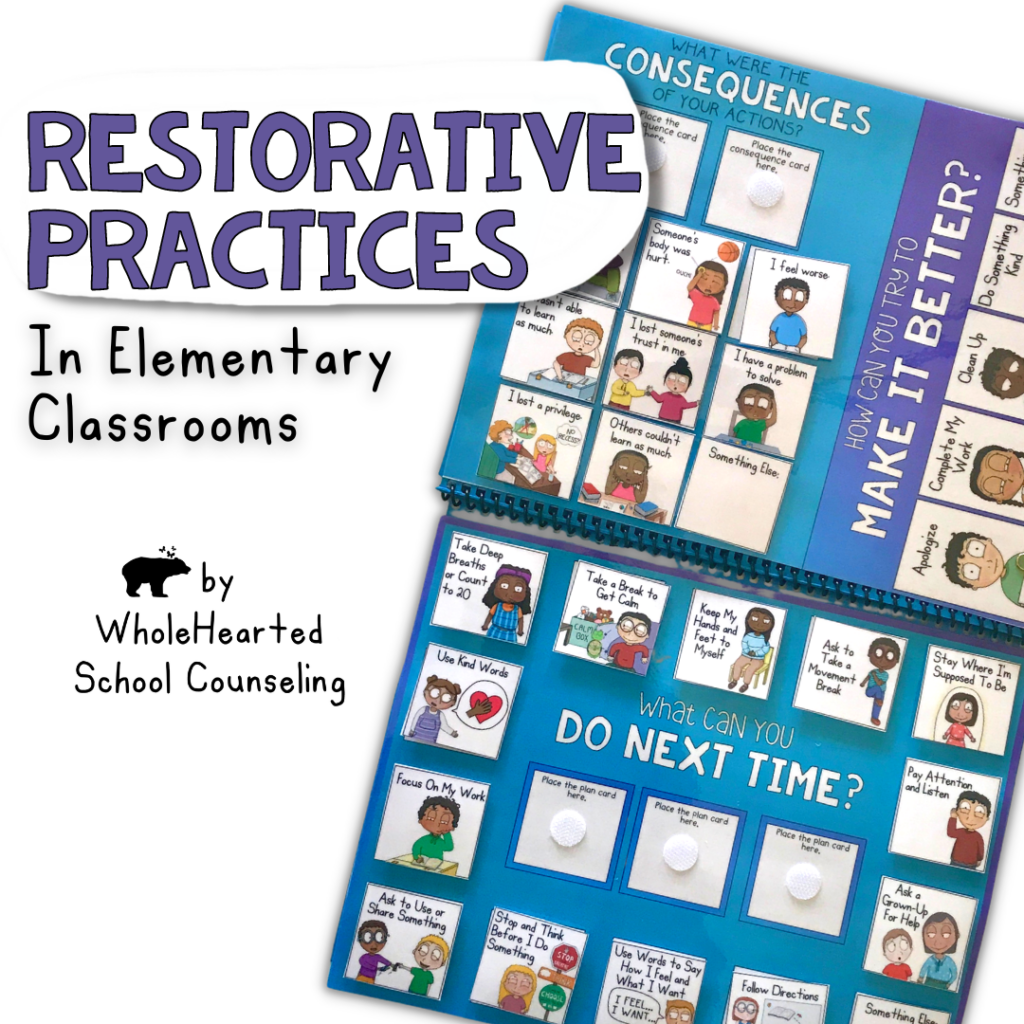
MAKING MISTAKES, MAKING REPAIRS
I think one of the most important and effective tools any classroom or school can implement is restorative practices. Maybe that’s because I make a lot of mistakes. Like tons of mistakes ALL THE THE TIME. (Just ask my teen sons, they will definitely concur with that). And the only way that I can ever feel like it’s possible to move on, as compared to getting stuck in shame, is to realize that (yup, once again) I did something “bad”, but that I am not a “bad” person. And after some reflection of my “bad” choices, and making repairs with anyone I may have harmed, I can hopefully, fingers crossed, do BETTER next time. (High-Five here to Brené Brown for all her wisdom and teachings on shame resiliency).
That’s sort of the gist of using restorative practices with students at school. Underpinning restorative practices is the belief that everyone is responsible for their own actions AND that making mistakes is part of being human. Us humans (no matter our age) can best learn from mistakes when we take accountability and put forth effort to make repairs. And that it’s often in the relationship-mending and repair-making that we get to grow the most, learning to be responsible and building resiliency within ourselves and in our connections with others.
Why Use Restorative Practices in Your Elementary Classroom?
Integrating restorative practices in your elementary classroom is sort of like infusing your classroom community and behavior management procedures with character education meets compassionate growth mindset theoretical framework.
Before getting into the details of what restorative practices in the classroom are, I just want to mention first what they are NOT. Restorative practices do not let students “get away” with harmful or irresponsible behavior. Nor are they a “get out of jail” free card. At the same time, restorative practices are not designed to shame or punish students into better behavior.
Restorative practices are based on a set of beliefs that value taking responsibility, relationships, second chances, and doing better next time.
They are also actionable strategies aimed to:
- set clear guidelines and rules
- empower students by having high expectations of them
- invite students to take accountability for their choices and actions
- provide support to students to help them take responsibility
- repair relationships when harm has been done
- introduce problem solving and coping skills
- make a plan for healthier communication moving forward
- build community and establish safety in your classroom and school
Start with Rules & Expectations
Encourage open dialogue with students regarding the reason and purpose of having rules and expectations. Affirm your students’ answers but ultimately highlight that rules and expectations keep us safe, emotionally and physically. And, when we make a mistake, they help us make repairs and get back on track.
Build student buy-in by involving your students in creating classroom rules and expectations. Use guiding questions such as: “What is necessary for everyone to feel safe?” “What is acceptable for all classmates to be seen?” “What rules does our class need in order to ensure all students are encouraged to learn?”
If students present a rule such as, “Don’t Hit”, reword this to a positive phrase instead using what SHOULD happen like, “We Respect Each Other’s Personal Space.” When remembering the rule, we want to sync to memory the positive behavior.
Reinforce Expectations and Rules
Develop and introduce all of your classroom rules and expectations on day one, but spread out deeper discussion reinforcing the rules throughout the year. You may find that your students need even more direct instruction about a particular topic. After spending 8 hours a day, 5 days a week with each other, your little learners may (naturally) need a tailored lesson specifically about resolving conflicts peacefully or sharing and taking turns.
A great time to reinforce rules and expectations is during morning meetings and/or circle time. Morning meetings or circle time provide the perfect setting for community building conversations around why we have certain rules, and how those rules cultivate important values. Plus, you can make it even more fun by discussing situations or scenarios in a “what would you do if…” or “imagine if” question format, where students are challenged to think about ways to solve problems and possible consequences of different types of behavior.
Give (lots of) Second Chances
As needed, give yourself permission to step outside the classroom door and take a giant hot cocoa breath before responding to big emotions and sometimes big behaviors. Remember that kids testing rules and expectations is completely normal and age appropriate with their stage of brain development.
Your students are doing the best they can emotionally and cognitively in any given moment. And if it helps to know this at all, it can take more than 1,000 – 2,000 times of doing something “right” before a child’s neurons re-wire in a way that a new behavior becomes more internalized and “natural.”
(When I first learned about this as a mother, I was both able to breathe a sigh of relief….And was also horrified it could take that long for not-so-desired behaviors to change! Haha).
In other words, mistakes are going to happen. And the best thing to do with those mistakes is to use them as opportunity for learning and re-teaching.
When you see a student not following directions, he or she may simply need a visual reminder in addition to (or in lieu of) a verbal reminder. Visual reminders can be really effective, since it’s not uncommon for young ones to miss verbal warnings. When you engage their eyes as well as their ears, you are being sensitive to individual needs with a trauma sensitive lens.
Below is an example of visual cues, that can be really helpful for non-punitive (and less embarrassing) re-direction.
Encourage Students to Communicate Their Needs
Back when I was a school counselor, probably the most helpful thing I could remind myself of and any other adult I was working with was, “Behavior is a form of communication.” When kids engage in unexpected (or undesirable) behavior, there’s probably a pretty good chance they are communicating something. And are either expressing something they just don’t know how to articulate or perhaps, may not have the best skills to do such.
It’s pretty common for kids (and adults, too…pointing towards myself here) to be at a loss of words. You know how it is, right? You might feel something in your body and sense something isn’t right, is missing, or is off…but you’re not quite sure what’s behind those sensations?
Which is why I created an “I Need” checklist for kids. This is a tool that can be really handy to use at school. When students can express their needs or wants in language (or on paper, in this case) BEFORE they communicate it in action, lots of unhelpful behavior can be avoided. Here’s what that “I Need” checklist looks like in the picture below.
Safety First
When a student makes a mistake, it may or may not be be directed against someone else. If someone else is involved, be sure to check in with and show care towards the person who was harmed. Not only does this help to re-establish a sense of safety for that person, it also models empathy, which is key in a restorative framework.
Restorative Questions for Informal Conferencing
If after re-establishing safety you have time to respond to the student who has misbehaved, try to have a concise, private conversation with him or her. There are a few key questions when conducting a restorative conversation that help elicit reflection of behavior and make a plan for change. These questions include:
-
What happened?
-
What were you THINKING?
-
What were you FEELING?
-
WHO was affected?
-
How can you make it RIGHT and/or BETTER?
When you use this set of questioning, it puts the focus on the behavior and not the person. It removes shaming. And rather focuses on what can be done to take responsibility, find solutions, and make repairs.
Use Behavior Reflection Think Sheets
Now sometimes, having a quick informal check-in is just not feasible (or the best action) in that moment. Either because you simply don’t have the time because, say, you are delivering instruction to 27 other students. Or because the student who made the mistake is in fight-flight-freeze mode. This means any type of conversation would go in one ear and out the other while all defenses are up.
When we are deep in the stress response, our brains really don’t respond thoughtfully to verbal conversation. In other words, it’s pretty normal for students to shut down, in addition to being unable to process what just happened.
Plus, it’s also pretty normal for adults to get triggered into a stress response when witnessing and/or hearing about “bad behavior.”
For situations like these, using trauma informed restorative behavior Think Sheets (or choice boards) are super handy. Filling out these forms give students an opportunity to process what just happened without tons of pressure placed on them. Students can complete them either independently or with a supporting adult.
The basics included in Think Sheets invite students to reflect on what they’ve done, voice their unmet needs, consider others who have been impacted, come up with more helpful choices, and make amends to those who have been harmed.
Teach Skills
Imperative to integrating restorative practices into your classroom is to teach basic skills that both prevent and repair behavior mistakes. These skills include:
- coping skills to get calm
- concrete ways to problem solve when dealing with a conflict
- how to communicate using I-Messages (or I-Statements)
- how to make a meaningful apology
And if all else fails, always remember to breathe. Getting calm first tends to do wonders when dealing with tough things.


